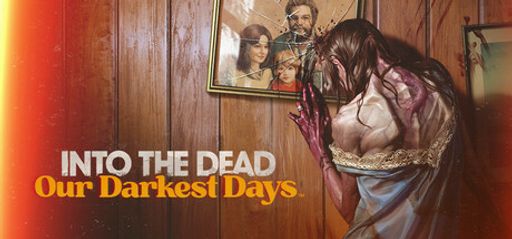I approach every game with a careful eye, looking for every hidden detail. With Into the Dead: Our Darkest Days, I was eager to explore a post-apocalyptic Texas where survival is always a challenge. As a CompletionistMaster, I leave nothing behind. My deep dive into this title revealed both strong points and areas where PikPok could do better.
Overall Impressions
Set in 1980’s Texas, the game thrusts you into Walton City—now a desolate outpost overrun by zombies. The concept is intriguing, and the premise creates a foundation for strategic gameplay. I appreciate the ambition behind its design. The game’s side-scrolling approach and harsh survival mechanics are enjoyable for those who appreciate tense, methodical gameplay. However, despite its strengths, I found that several elements fell short. For one, the lack of story depth and character development remains glaring. The absence of cutscenes and character-driven narratives makes it challenging for players to form emotional connections with the survivors. In comparison to similar titles in the genre, the game struggles to push beyond a basic gameplay loop. Nonetheless, the overall experience remains engaging enough to warrant a closer look.
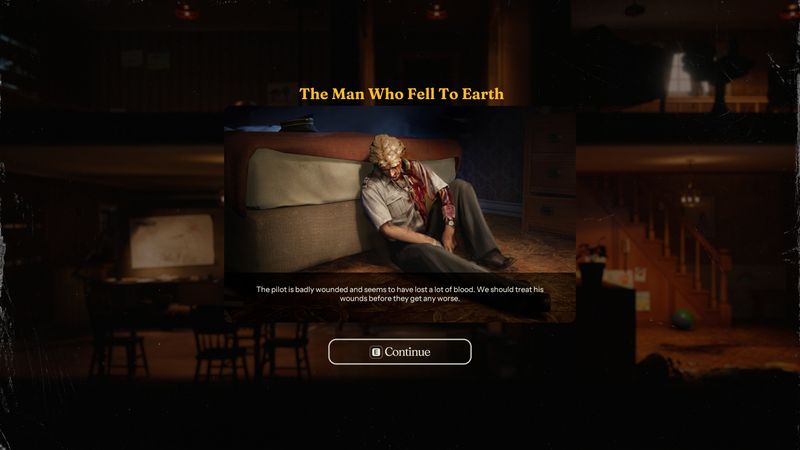
Gameplay Mechanics
Gameplay sits at the heart of Into the Dead: Our Darkest Days. Players must lead a band of survivors through haunted streets and derelict buildings. Scavenging, crafting, and constant combat add tension to every session. I appreciated that every action felt consequential. However, several core mechanics did not live up to expectations. Weapon durability, for example, proves to be a significant issue. In a scenario where stealth kills can rapidly wear down your arsenal, it quickly becomes frustrating to switch between weapons mid-stage. Likewise, the reliance on RNG within stealth mechanics creates a sense of unpredictable difficulty. I encountered situations where the behavior of zombies seemed inconsistent. In some cases, zombies remained stationary in critical positions, making stealth approaches nearly impossible. Dodging—an essential part of any survival game—also feels subpar, as the timing and responsiveness often seem off-kilter.
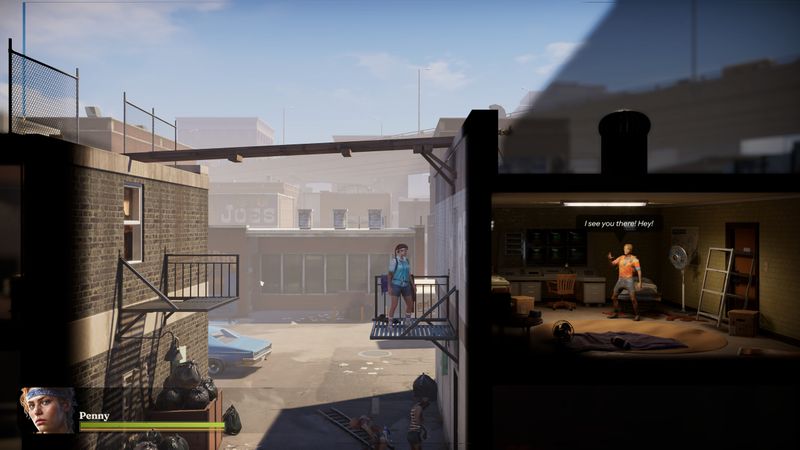
The game’s side-scrolling nature is certainly enjoyable. One reviewer mentioned that the levels are intense and unforgiving. I agree; the design of the levels demands careful planning. There are moments when every decision is critical. Yet, such moments are overshadowed by a lack of diversity in the gameplay loop. The stages largely rely on similar elements with only minor random variations—a fact that dims the replayability factor. It is clear that future updates focused on character progression and enhanced mechanics would add valuable depth for players who love to replay every mission and uncover every hidden collectible.
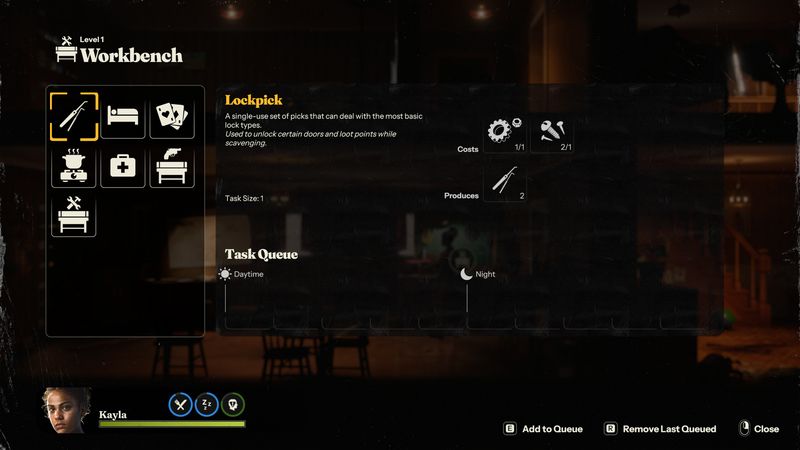
Story and Characters
Every great game offers a captivating story and dynamic characters. Sadly, Into the Dead: Our Darkest Days misses its target in this area. I found that the chosen characters merely serve as different sets of generic skills with little to no impact on the narrative. There are no cutscenes or dialogue exchanges that might breathe life into the survivors. Desperate for narrative depth, I imagined a scenario in which a character like Francis, who despises stairs, could elicit humor or tension. Instead, the game offers a blank slate that feels like an afterthought. The lack of meaningful progression systems and character-specific abilities further detracts from the immersive potential. Players have voiced a desire for a more interactive narrative and personalized character arcs. Without these elements, the game’s world feels less like a vibrant post-apocalyptic Texas and more like a static backdrop for repetitive combat encounters.
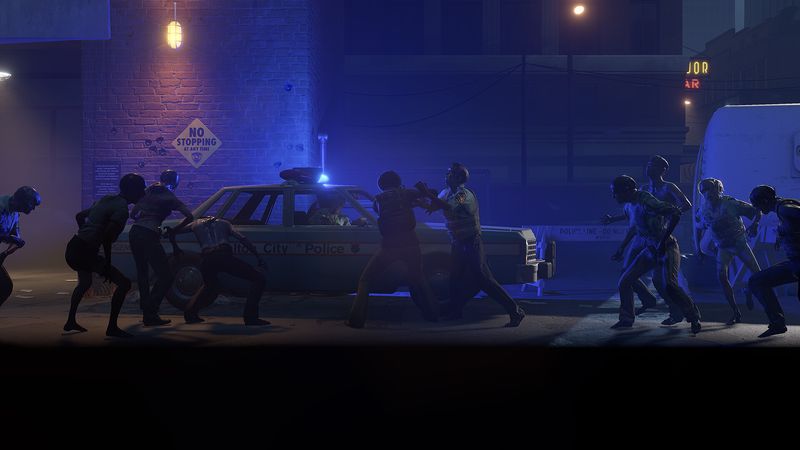
Visuals and Graphics
On the visual front, the game shows promise. The artistic style pays homage to retro side-scrolling classics while incorporating modern design elements. The atmospheric portrayal of Walton City is a high point. The detailed level design and eerie ambiance capture the desolation of a zombie-infested Texas remarkably well. However, technical shortcomings mar the experience. In moments when environmental effects do not persist between play sessions, the thriving atmosphere dissipates. The static nature of these visuals undermines the sense of progression through a living, evolving world. For a game that prides itself on survival dynamics, a truly immersive and continuously evolving visual experience would have elevated the overall tone.
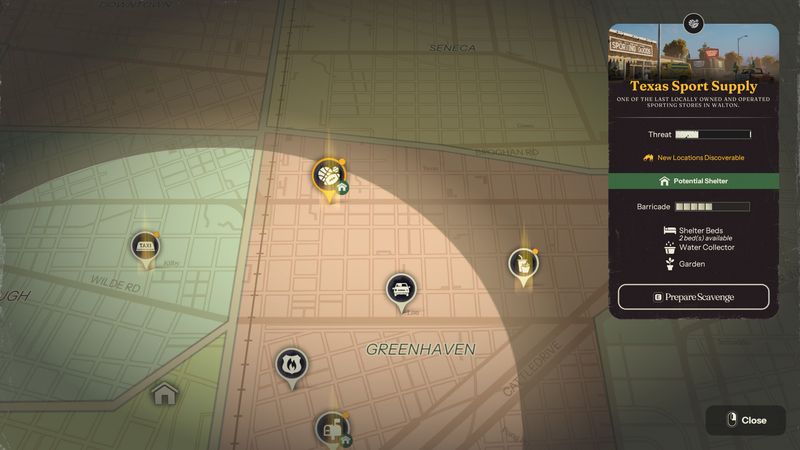
Sound and Music
Sound design is another critical element in this genre. A tense background score and responsive sound effects can dramatically heighten the sense of danger or relief during critical moments. Into the Dead: Our Darkest Days offers a soundtrack that suitably underscores the urgency of your quest. However, I noticed several inconsistencies. The sudden dropouts during transitions between indoor and outdoor scenes break the immersive atmosphere. Similarly, ambient sounds do not always adjust to the environment, thus diminishing the overall cosmic tension. While the music itself is commendable, the technical hiccups in sound design suggest a need for further polish in upcoming updates.
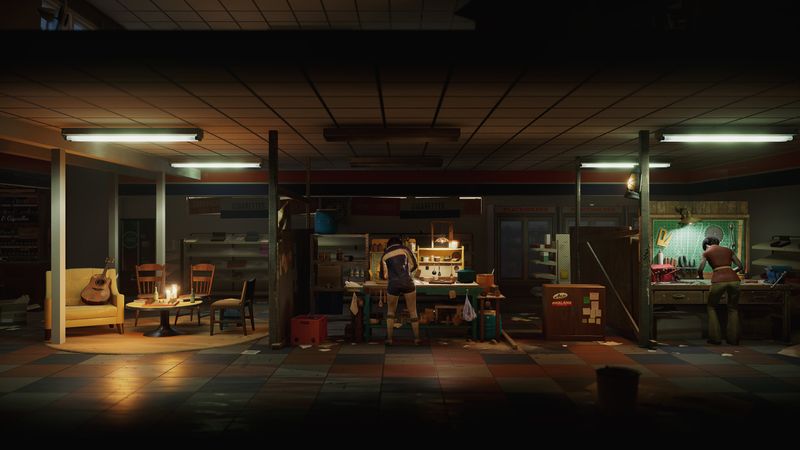
Difficulty and Replayability
The game presents a high level of difficulty that may satisfy players who yearn for a genuine survival challenge. Each run demands careful decision-making, and in terms of raw intensity, the difficulty is engaging. However, the overall structure lacks replayability. Repeated playthroughs quickly become predictable due to the limited variation in level layouts and enemy placements. Several players have suggested introducing map randomization, an XP progression system, or even a roguelike mode to inject long-term appeal. I echo these sentiments: a system to nurture character growth and an ever-shifting game environment would encourage return play and increase the game’s replay value. Until then, the thrill of each playthrough will likely rely on perfecting one’s skill rather than discovering something consistently new.
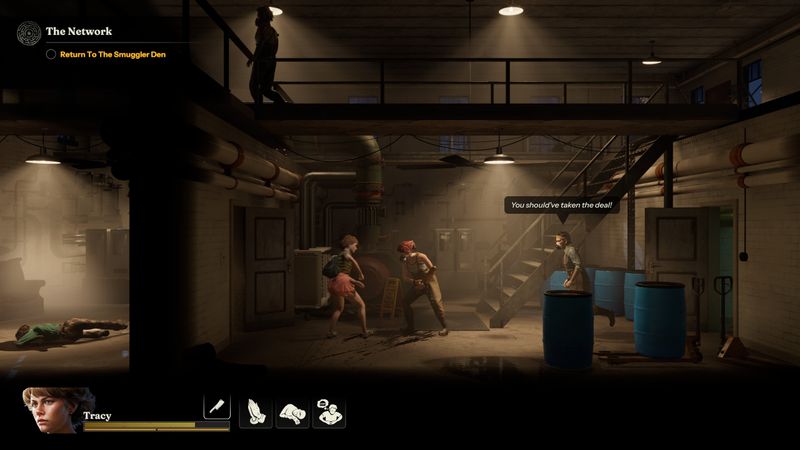
Final Thoughts
Into the Dead: Our Darkest Days, as it currently stands, is a game wrought with potential that has yet to fully realize its promise. The premise is compelling, the level design is detailed, and the survival mechanics provide moments of genuine thrill. Yet, flaws such as a shallow narrative, generic character mechanics, and technical shortcomings in gameplay and sound prevent it from achieving full excellence. I see clear paths for improvement through richer story development, enhanced progression systems, and increased environmental interactivity. With thoughtful updates, the game could evolve into a standout title within the zombie survival genre.
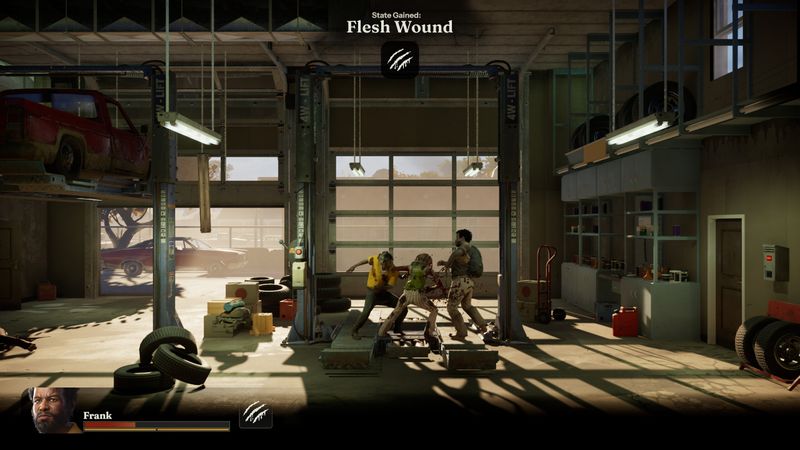
As a completionist, I appreciate every effort the developers put into building a world that is both challenging and atmospheric. For now, I award Into the Dead: Our Darkest Days 3 out of 5 stars. I remain hopeful for future patches and updates that could bring the depth and replayability this game sorely needs. Until then, it stands as a work-in-progress—a rough gem with potential brilliance waiting to be fully uncovered.
I encourage fans of methodical survival and intricate level design to take a chance on this title, while keeping in mind that there is significant room for refinement. Stay vigilant, keep exploring every corner of Walton City, and let us hope that future iterations of this game will turn its latent promise into practical brilliance.
Add Into the Dead: Our Darkest Days to your Steam collection!

